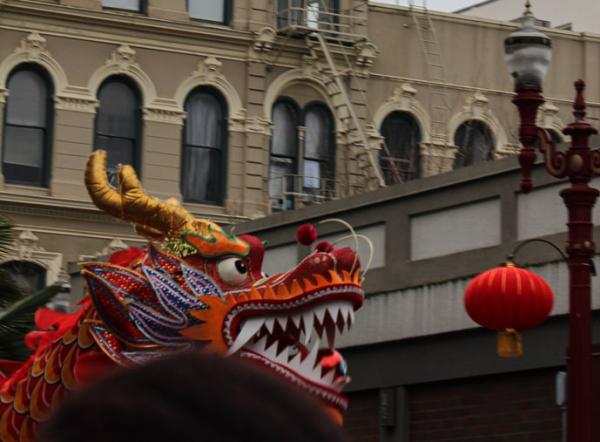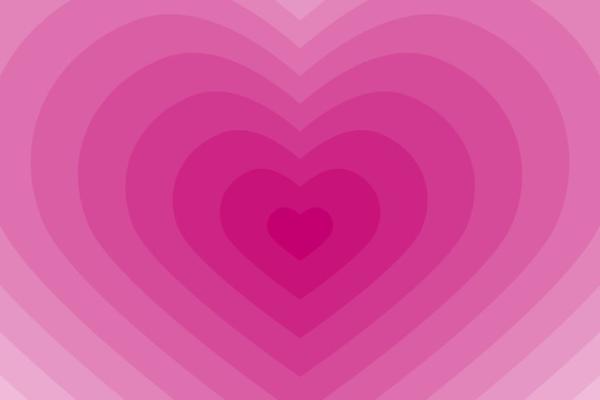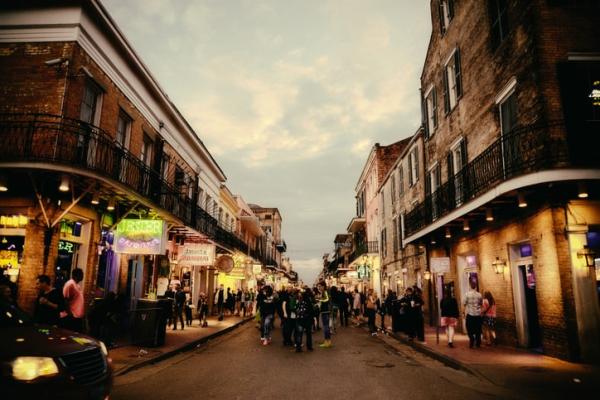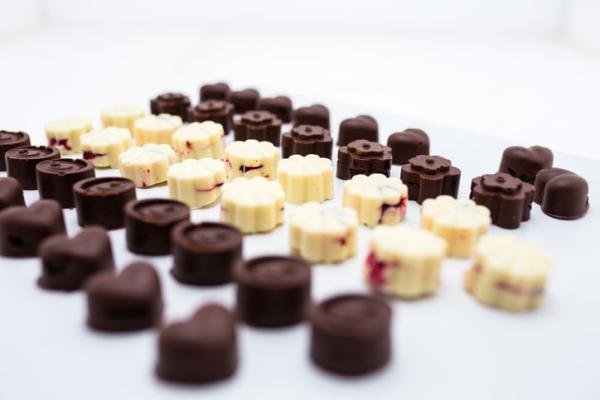Royal Titles and Nobility Ranks in a Monarchy


Monarchy is a form of government in which a single person, called a monarch, is the head of state for the duration of their life. The word is of Greek origin, deriving from the words "mono" (one) and "archy" (rule).
Monarchs have ruled over civilizations across the world under many guises, from Pharaohs and Raja to Sultans and Tsars. But despite their different titles, their role is essentially the same — they are the Kings and Queens of their land.
Monarchies are often associated with military power and are almost always hereditary. Most monarchial systems are based on primogeniture — the eldest child (often the eldest son) of the monarch succeeds them upon their death.
What Is the Hierarchy of Royalty?
Monarchy is a hierarchy. For all of human history, hierarchies have existed in societies, from the very first prehistoric tribes right through to empires that spanned continents.
In all of the various monarchies throughout the world’s history, complex systems of rank exist below the monarch and the royal family. Various titles of nobility are given to landowners and people of influence based on their power and position within the systems.
The exact nature of these systems varies between each different monarchy, so it’s impossible to cover them all in one article. We’ll focus on a monarchy that may be familiar to you — the British Royal Family.
The system of nobility in the United Kingdom is known as the peerage, and has been developed over more than a thousand years since the time of the Anglo-Saxons. [1]
What Are the Royal Titles in Order: English Nobility
Aside from the titles of nobility, we're about to discuss, there are a few other terms you should know to understand how a monarchy works. Someone with a noble title of legal importance is known as a peer.
Peerages can be hereditary titles, meaning they're passed down the line of succession, or they can last only for the peer's lifetime. Life peerages, as they're called, are usually honorary. Life peerages have only been around since the Life Peerages Act of 1958.
No one today is made a hereditary peer who did not inherit it from a relative.
In the United Kingdom, having a peerage in Scotland, England, Ireland or Wales (basically, being a member of the British nobility) makes you eligible to serve in the House of Lords. The House of Lords is one of the two houses of parliament.
In the democracy of the U.K., the House of Lords lacks powers given to the elected House of Commons. The Prime Minister comes from the House of Commons. The prime minister, or any other member of the Commons, can hold a peerage.
These are the titles in descending order, with their male and female forms given.
Royalty:
- King/Queen.
- Prince/Princess.
Nobility (also known as Peerage):
- Duke/Duchess.
- Marquess/Marchioness.
- Earl/Countess.
- Viscount/Viscountess.
- Baron/Baroness.
Royalty, Nobility, or Peerage?
Aside from the nobility titles we're about to discuss, there are a few other terms you should know to understand how a monarchy works. Someone with a noble title of legal importance is known as a peer. Peerages can be hereditary, meaning they're passed down, or they can last only for the peer's lifetime. Life peerages, as they're called, are usually honorary. Life peerages have only been around since the Life Peerages Act of 1958
No one today is made a hereditary peer who did not inherit it from a relative.
In the United Kingdom, having a peerage in Scotland, England, Ireland or Wales (basically, being a member of the British nobility) makes you eligible to serve in the House of Lords. The House of Lords is one of the two houses of parliament. In the democracy of the U.K., the House of Lords lacks powers given to the elected House of Commons. The Prime Minister comes from the House of Commons. The prime minister, or any other member of the Commons, can hold a peerage.
Royal and Noble Titles
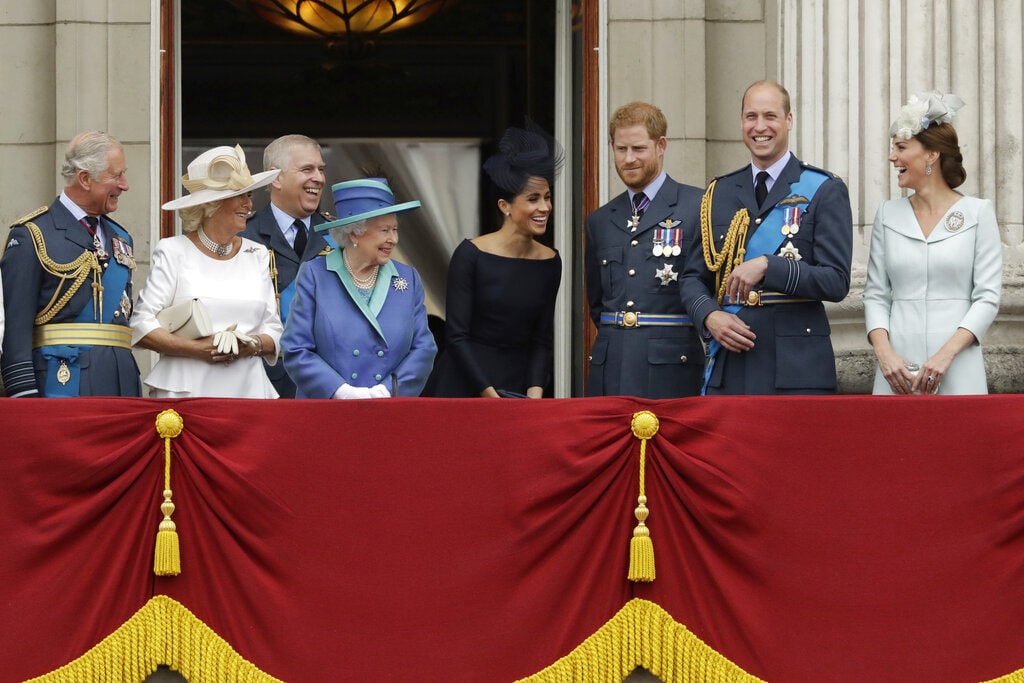
To the uninitiated, this system can seem quite confusing. Why is it that a Duke outranks an Earl? Let’s take a look.
What Is an Emperor or Empress?
The highest rank of a monarch. The supreme leader of an empire, a group of several kingdoms or nations. Several extremely powerful rulers have called themselves emperors over the years. Augustus Caesar was the first person to call themselves Emperor — he was the first of the Roman Empire.
Indeed, the term ‘emperor’ derives from the Latin word ‘imperator’, which was a military title granted to the leader of victorious Roman armies.
Emperors have often been associated with military conquest ever since. Charlemagne became Emperor of the Holy Roman Empire as he fought to unite Western Europe under the banner of Christianity.
And of course, Napoleon Bonaparte styled himself the Emperor of France in 1804.
Interestingly, the British Empire never had an Emperor. Queen Victoria did however take the title Empress of India.
What Is a King or Queen?
In Britain and other European countries, the King or Queen is the highest rank. Currently, King Charles III sits on the British throne, following the passing of his mother, Queen Elizabeth II in September 2022. Discover our in-depth exploration of the role of a King, its history, and how the British Royal Family fits into the titles and ranks of the monarchy!
However, it’s a little more complicated than simply having a King or Queen. A King or Queen only becomes the ruling monarch if they were born into the royal family. If they enter the royal family by marrying the ruling monarch, they become consort.
Queen Elizabeth II was the queen regnant (ruling queen), as she was the eldest child of King George VI. However, her husband did not become King. Instead, he became Prince Philip, consort of the queen.
Now that Charles is king regnant (ruling king), his wife Camilla is his consort. It was long assumed that she would take the title Princess Consort, but shortly before her death, Queen Elizabeth II expressed her wish that Camilla should become Queen Consort, thus elevating her status in the eyes of the public.
The King and Queen Consort are addressed as ‘His Majesty’ and ‘Her Majesty’.
The power of kings and queens varies depending on the type of government. In absolute monarchies, the king or queen has near-complete power over their nation and subjects. However, the U.K. is a constitutional monarchy, where the monarch’s powers are limited by parliament. In some constitutional monarchies, the role of the monarch is completely ceremonial.
What Is a Prince or Princess?
The immediate family of the monarch is allowed to take the title of Prince or Princess.
That includes King Charles III’s siblings, Prince Andrew, Princess Anne, and Prince Edward. It also includes his sons, Prince William and Prince Harry, and William’s children; Prince George, Princess Charlotte, and Prince Louis.
The heir to the British throne assumes the title of Prince of Wales. Upon King Charles’s accession, his eldest son William became Prince of Wales, and his wife, Kate Middleton, became Catherine, Princess of Wales.
The proper address for a prince or princess is ‘His Royal Highness’ or ‘Her Royal Highness’.
Charles’s former wife, Diana, also held the title Princess of Wales, until her death in a car crash in August 1997.
Princes and princesses may also take on other titles alongside or instead of these, as is the case with Charles’s second son, Harry.
What Is a Duke or Duchess?
A duke or duchess is the highest rank outside of the royal family— though members of the royal family are given dukedoms or duchies by tradition. For example, the Duke of Cornwall is a title reserved for the heir to the throne.
The official title of Philip, the consort of Queen Elizabeth II, was the Duke of Edinburgh. On certain occasions, titles can also be revived after falling out of use.
Queen Elizabeth bestowed the title Duke of Cambridge on Prince William upon his marriage to Kate, who became Duchess of Cambridge. Similarly, Prince Harry became the Duke of Sussex when he married Meghan Markle, who became the Duchess of Sussex.
Following Harry and Meghan’s self-imposed distancing from the royal family, it’s unclear whether their children, Archie and Lilibet, will receive titles. [2]
Of the 29 dukedoms in the U.K., five are held by members of the royal family, and the other 24 are held by members of the nobility. Traditionally, a duke or duchess would be addressed as ‘Your Grace’.
The term ‘duke’ derives from the Latin word ‘dux’, which means military commander. In Europe, smaller nation-states could be ruled by a grand duke or archduke, and in some cases would outrank a prince.
What Is a Marquess or Marchioness?
There are relatively few of these high-ranking noblemen and women in Britain, simply because there are fewer marquessates, the territories over which they preside.
The word ‘marquess’ comes from the French word ‘marquis’, which referred to the ruler of a march, or borderland. The high ranking of this title reflects the increased responsibility of governing borderlands, where the management of trade and the possibility of military or cultural conflict was greater.
The Marquess of Winchester is the oldest British marquessate still in existence, and the holder is considered the premier marquess of England.
What Is an Earl or Countess?
Earl is the only title whose name derives from an Old English word. It originates from the word ‘eorl’, which means warrior or military leader. The Norman conquest of Britain brought changes to the nobility and the title of earl became the equivalent of a count, common in Europe at the time.
Since no feminine version of earl exists, the wife of an earl or a female who inherits the title in her own right becomes a countess.
Sophie, Countess of Wessex, took that title when she married Prince Edward (King Charles III’s youngest brother), who had been made Earl of Wessex before the ceremony.
Traditionally, an Earl would rule over a county or similar-sized area of land. And they’d be assisted by a group of lower-ranked nobles…
What Is a Viscount or Viscountess?
Viscount literally means ‘vice-count’, and they would oversee an aspect of an earldom or county’s governance, or control a smaller part of it. In medieval Europe, the positions were not hereditary.
However, they are in the U.K., and many viscountcies are held as secondary titles by nobles of higher rank.
Viscountcies are also commonly bestowed as courtesy titles by earls or dukes to their heirs, with no legal significance.
What Is a Baron or Baroness?
This is the lowest rank of British nobility, and the most prevalent, with over hereditary baronies. However, like viscountcies, many of these titles are subsidiary titles of higher-ranked noblemen or noblewomen, or courtesy titles used by their heirs.
The title first appeared in the 13th century and the word derives from the Latin word ‘baro’, which simply means ‘man’.
Everyone who’s been given a Life Peerage in Britain has received the title of Baron or Baroness.
They are typically addressed as ‘Lord’ or ‘Lady’.
What Is a Baronet or Baronetess?
This unusual title is unique to Britain. It’s unusual in that it’s the only hereditary that’s not part of the peerage, therefore holders cannot enter the House of Lords.
It was created in the 14th century by James I, who sold the title for £1000 to raise funds for the war in Ireland. It’s estimated that there are around 1,200 families in the U.K. with baronetcies.
What Is a Knight or Dame?
The idea of knights goes back a thousand years and originally referred to mounted, armored warriors who provided military service to their lords in exchange for land holdings.
Knights later became synonymous with the ideals of chivalry. This involved not just military prowess and professionalism, but a sort of social code of honor, justice, loyalty, charity, and faith.
Several chivalric orders were established in Britain, the first being the Most Noble Order of the Garter in 1348.
Advances in military technology and the organization of professional armies meant that traditional knights became obsolete. Knighthood expanded to include those who served with merit in other ways.
Most recently, the Most Excellent Order of the British Empire was established by King George V in 1917, to honor the many thousands of people who had served in non-combat roles during the First World War.
In the U.K. today, around 1250 people are knighted in the New Year's Honours every year for a range of services. This includes military service but also things like services to the arts, science, politics, and charitable causes.
A woman who has been knighted in her own right is called a Dame, as is the wife of a male knight. Males who are knighted are addressed ‘Sir’ and females who become dames are addressed ‘Dame’.
Notable examples of Knighthoods include Captain Sir Tom Moore, who was aiming to raise £1000 for the National Health Service during the Covid pandemic by walking 100 lengths of his garden before his 100th birthday. He was knighted by Queen Elizabeth II in 2020 after his efforts raised over £35 million.
In 2021, Queen Elizabeth II’s final New Years Honours list included Formula 1 star Lewis Hamilton, former Prime Minister Tony Blair, and actress Sheila Hancock.
What Are All the Titles in a Monarchy? A Peek into the Aristocratic Pecking Order
So, to recap — in a monarchy, the royalty (royal family) are top of the pile. The monarch, who may assume a title such as King or Queen, Emperor or Empress, is the head of state. Just below them are their immediate family — their siblings and children who are princes and princesses.
Below the royalty is the nobility — in Britain, known as the peerage.
The highest rank is Duke and Duchess, who rule over large areas of land called Duchies and are almost the equivalents of Princes and Princesses in some systems.
Just below these are Marquesses and Marchionesses, who rule over the frontier and border counties called marches.
Then you have Earls, Counts, and Countesses, who usually rule over a county. They are assisted in this by Viscounts and Viscountesses.
The lowest-ranked members of the nobility in the peerage are Barons and Baronesses. This is the most populated level of the nobility. People awarded Life Peerages by the British Government receive the rank of Baron or Baroness. However, theirs is not a hereditary title.
Baronets are a unique form of noble. While a position of dignity, they are not members of the peerage.
Finally, while knights are classed as nobility in some countries, and they were in Britain in medieval times, today in the U.K. they are not classed as nobility. The honor is conferred by the monarch to any man or woman deemed to have performed a great service to the crown or country.
There are still 44 monarchies in the world today. Why not take a look at the list and see how many you know?
People Also Ask...
Do you still have some burning questions about the monarchy and the way royal titles and noble ranks fit into it? Others have as well, so Infoplease answers the top queries from other readers below — including who's who in the monarchy?
What Are the Ranks in a Monarchy?
In a monarchy, the highest rank is typically held by the monarch, followed by the immediate members of the royal family. Below them are the nobility, which may include dukes, earls, barons, and others. The common people are at the bottom of the social hierarchy.
What Is the Order of Rank in the British Monarchy?
The British monarchy's rank order is headed by the monarch, followed by senior royals, then lesser royals, and finally peers and knights. The peerage is split into five ranks: duke, marquess, earl, viscount, and baron.
What Is the Order of Titles in Nobility?
In descending order, the traditional nobility titles are: Emperor/Empress, King/Queen, Grand Duke/Grand Duchess, Prince/Princess, Duke/Duchess, Marquess/Marchioness, Earl/Countess, Viscount/Viscountess, and Baron/Baroness. These ranks vary across different countries and cultures.
Is an Earl Higher Than a Lord?
Yes, in the British peerage system, an Earl is a higher rank than a Lord. An Earl is a member of the nobility, equivalent to a European count, while "Lord" is a more general title for a ruler or a noble. However, the exact hierarchy can vary depending on the country and time period in question.
Related Links
- Hereditary Western European Titles of Nobility
- British Royal Family Tree
- Kingdoms and Monarchs of the World
About the author

